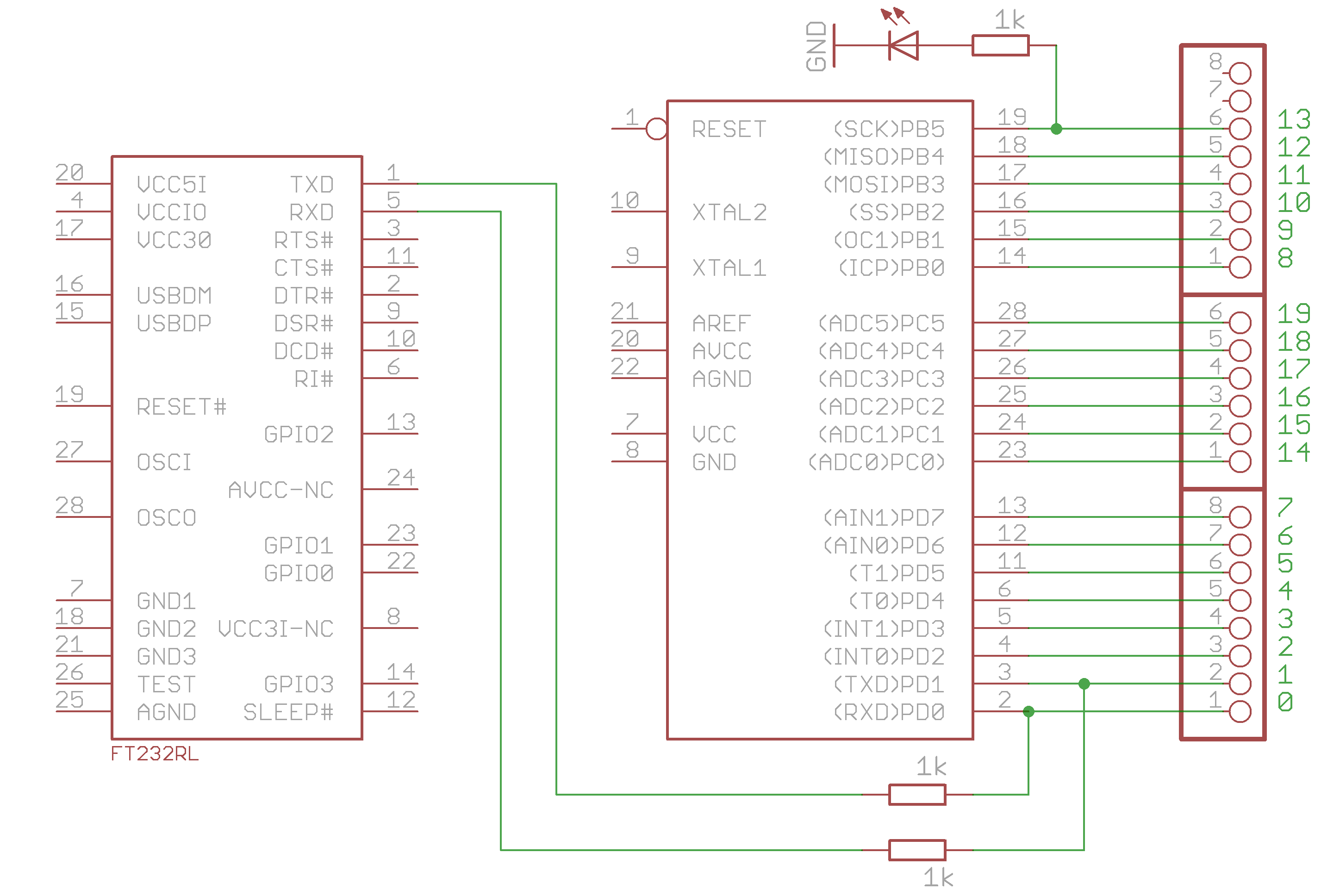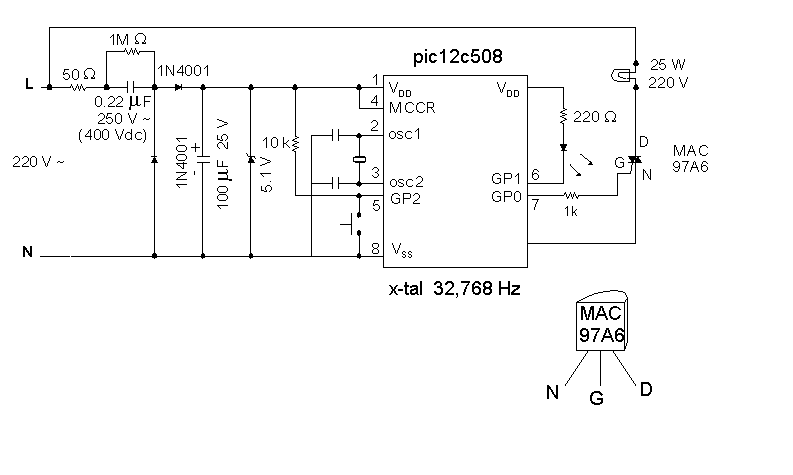
Blinken light

The example programs and Arduino sketches provided are free software.
The provided example programs and Arduino sketches serve as a valuable resource for developers and hobbyists working with Arduino microcontrollers. These software tools are designed to facilitate learning and experimentation with various electronic projects. The sketches are typically written in C/C++ and utilize the Arduino IDE for development, enabling users to easily upload code to their microcontroller boards.
The free software nature of these programs allows users to modify, distribute, and enhance the code according to their specific needs. This promotes a collaborative environment where individuals can share their modifications and improvements, contributing to a larger community of makers and engineers. The sketches often include comments and documentation to guide users through the functionality of the code, making it easier for beginners to understand the underlying principles of programming and electronics.
In addition, these example programs may cover a wide range of applications, from simple LED blinking to more complex sensor integrations and communication protocols. They serve as a foundation for users to build upon, encouraging experimentation and innovation in electronic design. By utilizing these resources, users can gain practical experience in coding, circuit design, and troubleshooting, ultimately enhancing their skills in electronics and embedded systems.The example programs and Arduino sketches here are free software. 🔗 External reference
The provided example programs and Arduino sketches serve as a valuable resource for developers and hobbyists working with Arduino microcontrollers. These software tools are designed to facilitate learning and experimentation with various electronic projects. The sketches are typically written in C/C++ and utilize the Arduino IDE for development, enabling users to easily upload code to their microcontroller boards.
The free software nature of these programs allows users to modify, distribute, and enhance the code according to their specific needs. This promotes a collaborative environment where individuals can share their modifications and improvements, contributing to a larger community of makers and engineers. The sketches often include comments and documentation to guide users through the functionality of the code, making it easier for beginners to understand the underlying principles of programming and electronics.
In addition, these example programs may cover a wide range of applications, from simple LED blinking to more complex sensor integrations and communication protocols. They serve as a foundation for users to build upon, encouraging experimentation and innovation in electronic design. By utilizing these resources, users can gain practical experience in coding, circuit design, and troubleshooting, ultimately enhancing their skills in electronics and embedded systems.The example programs and Arduino sketches here are free software. 🔗 External reference





